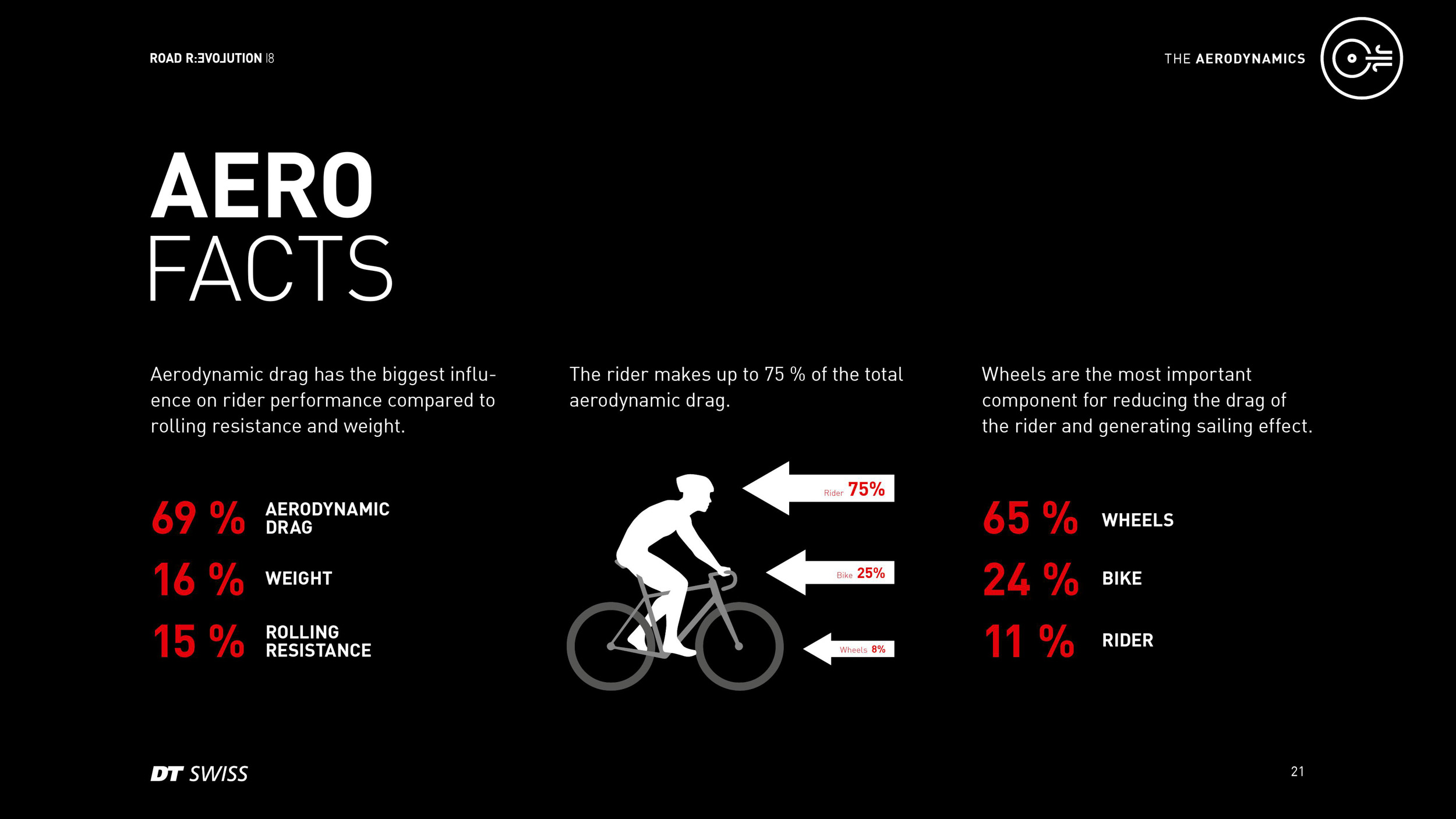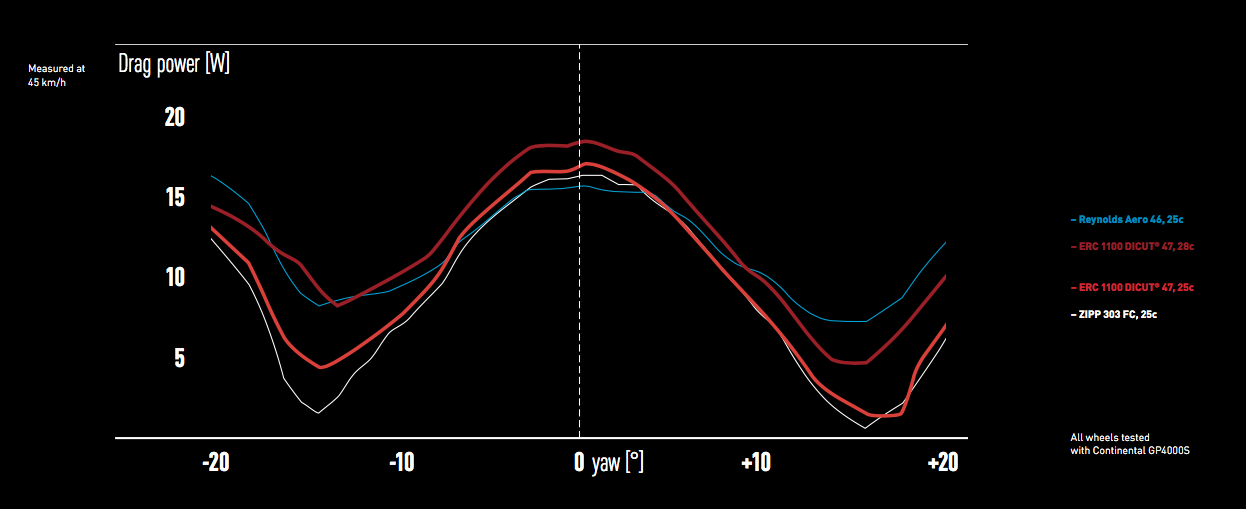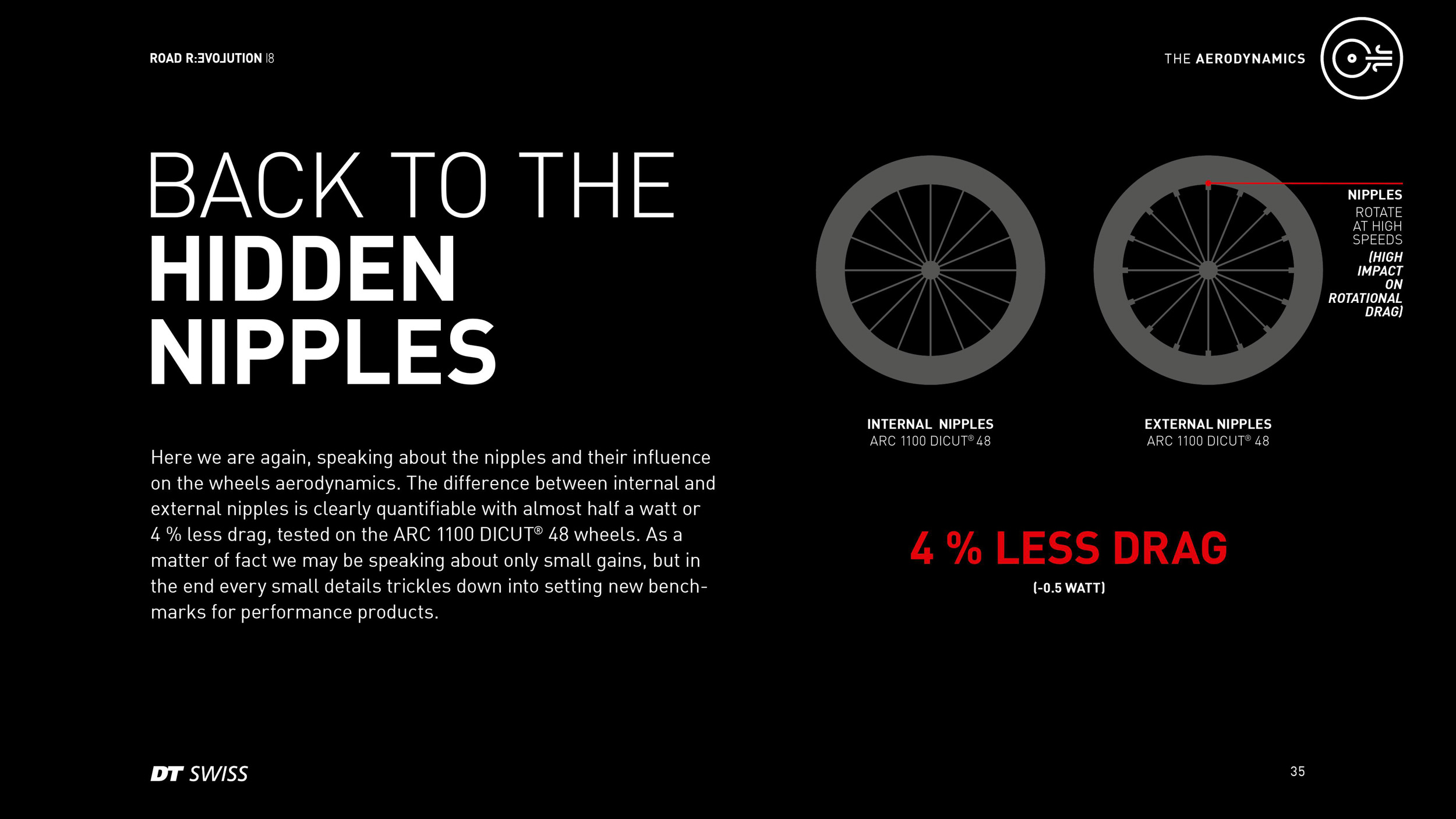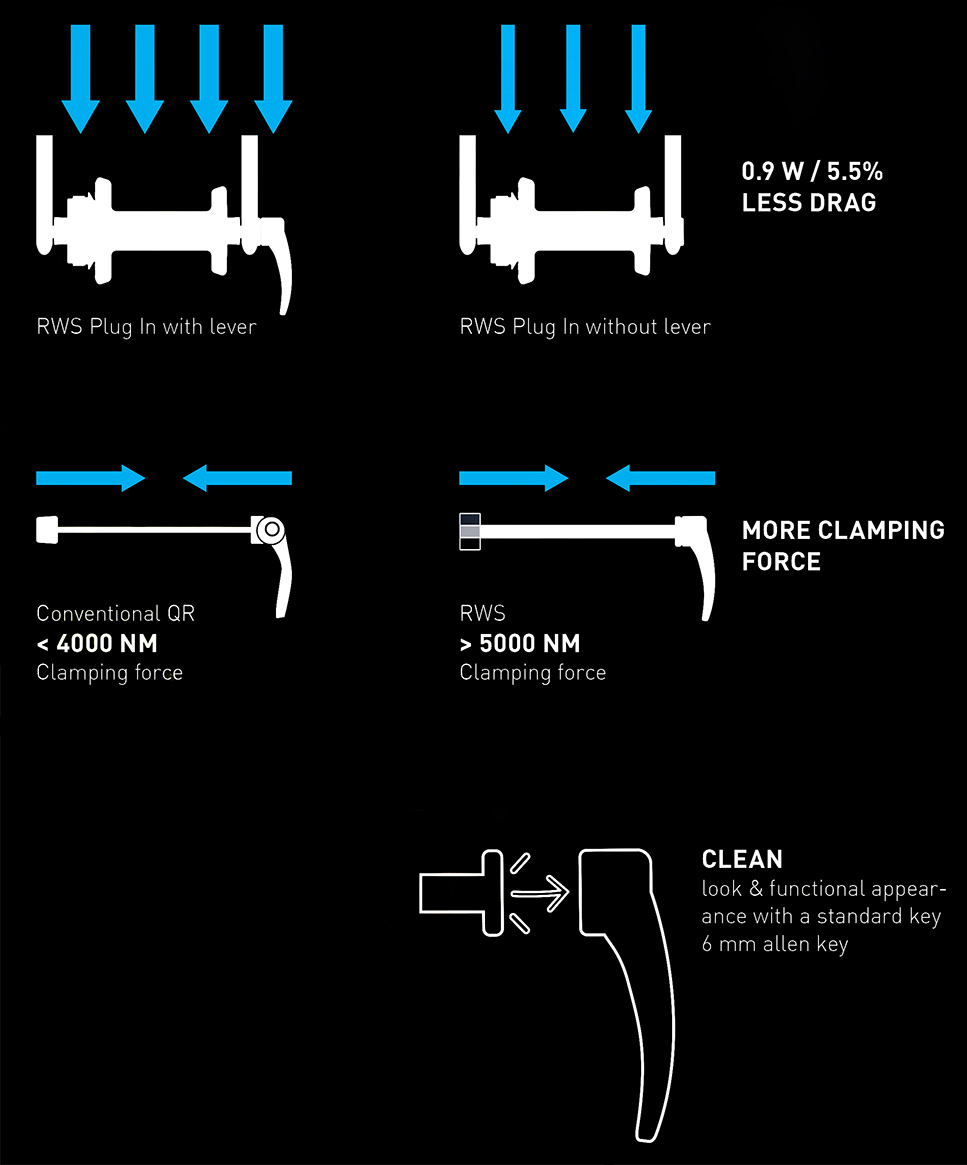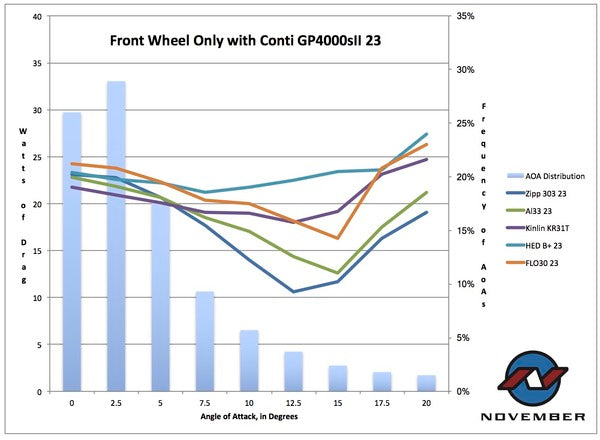Again, some to agree with, some to disagree with. Raw height is not that important, at least not when a 32mm high AForce Al33 (toroid shape) and a 31mm high Kinlin XR31T perform as well as a 45mm high 303 in the conditions that are established to occur most frequently (<8* yaw angle). We tested that, fully expecting that 303 would be substantially better. These are all farily similar width rims. I know Hambini did a video showing "it's all rim height" based on his CFD, but the wind tunnel disagreed.
https://novemberbicycles.com/blogs/blog ... her-alloys
People love to cite that Laser spokes cost 1w from CX Rays, and the knowedge of that also comes from a test we did.
https://novemberbicycles.com/blogs/blog ... rodynamics But Flo did a test that shows a straight gauge spoke giving up substantially more to a CX Ray, so bladed spokes all day, right? Where's the test with a broad array of "bladed spokes"? If round spokes can perform differently from one another, bladed spokes can as well. So the problem I have is with saying "bladed spokes are best." This may sound pedantic, but parsing out half watt differences in wind tunnels at speeds most people never ride at is, to me, at least as pedantic.
Internal nipples - where's that info coming from? Is it reliable? We did a run with the cap from a ball point pen crudely taped to the valve stem of a wheel that had just run. The difference was outside of the margin of error, but barely. I simply can't see internal nipples being a repeatable savings.
I've never seen a test that isolated hubs, if there is one I'd love to see it.
We broadly agree on tire width's effect, with my knowledge of it coming primarily from a test we did a few years ago.
https://novemberbicycles.com/blogs/blog ... der-faster
I'm really not trying to be a jerk (in fact really trying not to be a jerk), but I can't acquiesce to "no problems as long as we come to the same conclusions." I can only come to the conclusions that data gives me. People telling me one wheel or another spins up faster or holds speed better just, I can't. No. And having ridden a bike in a wind tunnel, I can tell you that small little movements that you have NO IDEA you're making bounce the data around like crazy, beyond the difference between one wheel/tire and another.
So after all this, I don't believe in hard and fast easy rules. I think there's a lot that people can do to avoid horrible aerodynamic speed and behavior from their bikes, but to have people believe they can resolve their on bike experiences to within a watt or three goes against all of the considerable first hand research I've done as well as what I've seen from reliable places. The true and honest end of this long loop for me is that you need to either go in to a tunnel or velodrome or do Chung method (ie do a very reliable "you and your equipment" specific test) to get to what works best for you as an entire system, or just avoid the known terrible stuff and leave it there.










